FLORA - Flowers and Trees
Wild Flowers in the Sompting Downs
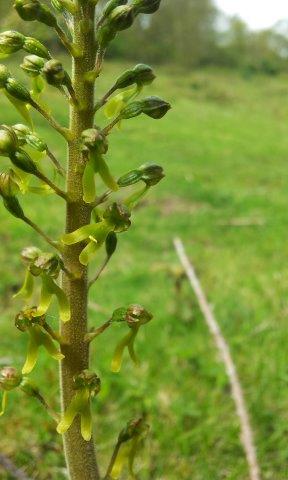
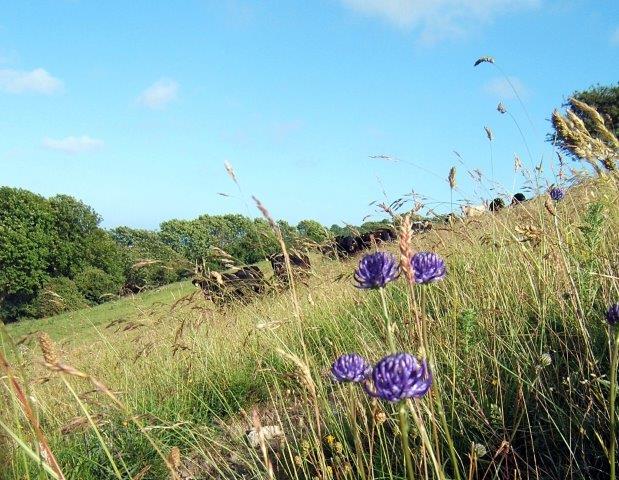
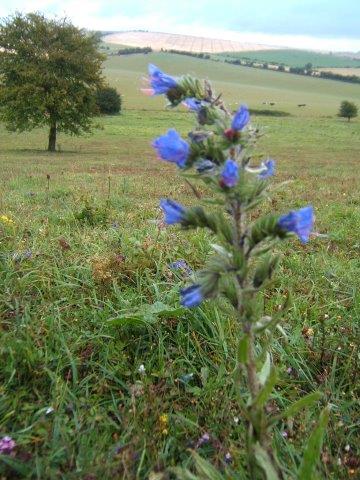
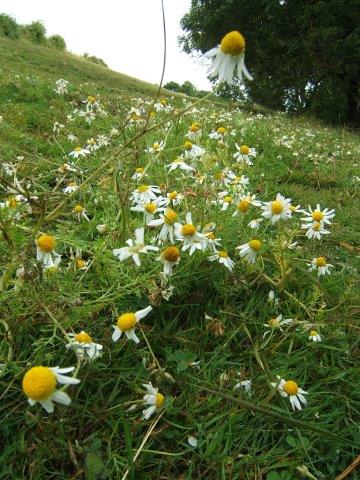
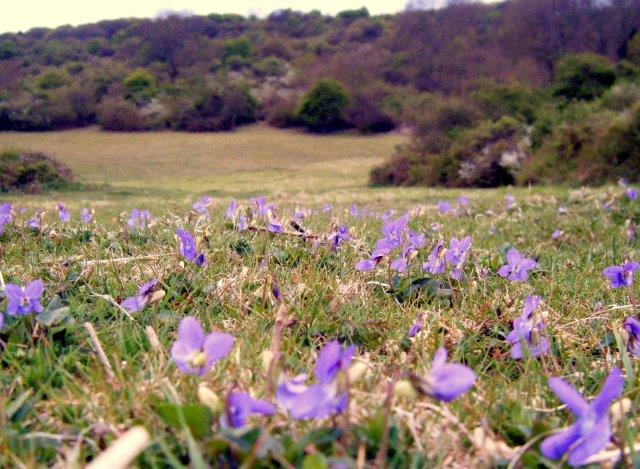
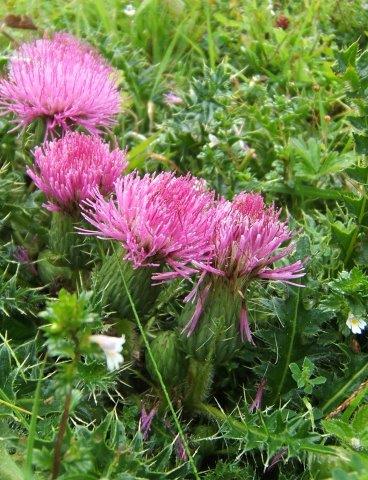
Click here and here for a survey of Lychpole Hill SSSI (Open Access Area)
Click here for a survey of Steepdown Hill SNCI (Open Access Area)
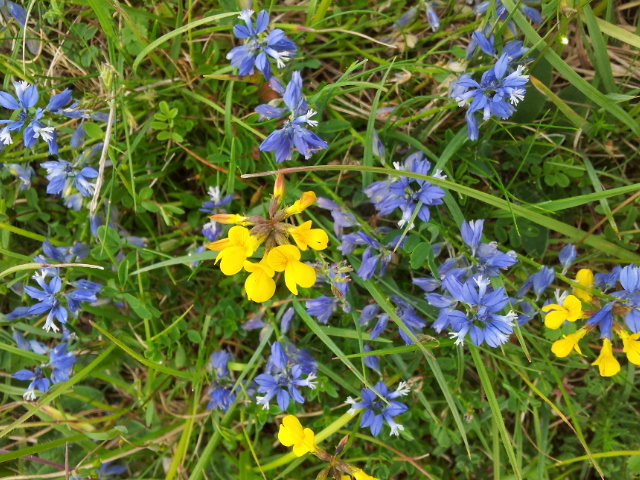
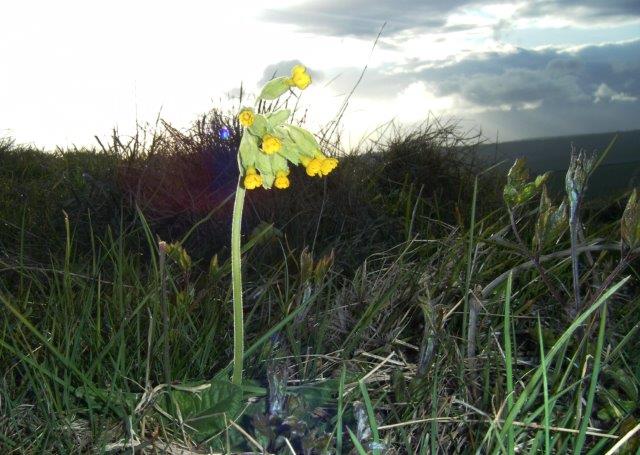
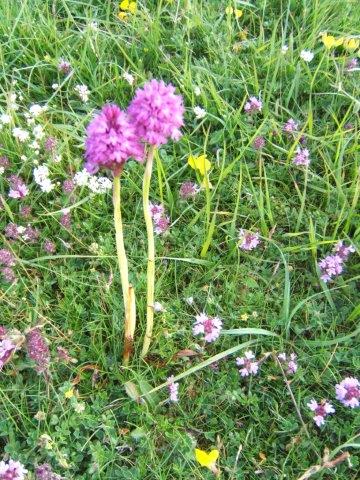
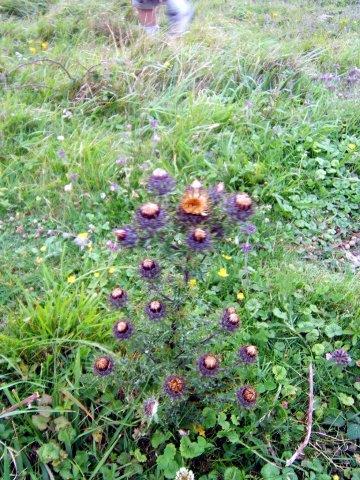
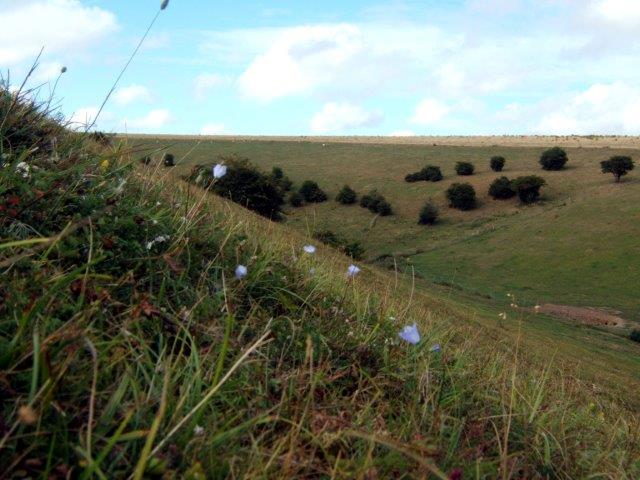
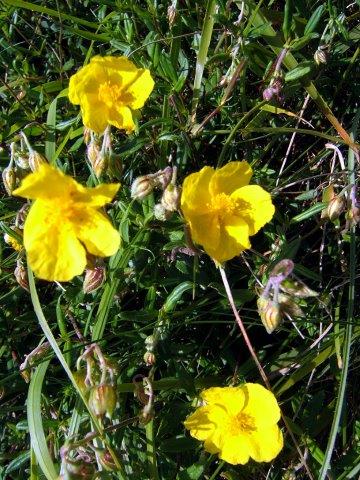
Click here for a survey of Tenants Hill SNCI (access by arrangement with the Estate)
Click here for a survey of Cokeham Brooks SNCI (access by arrangement with the Estate)
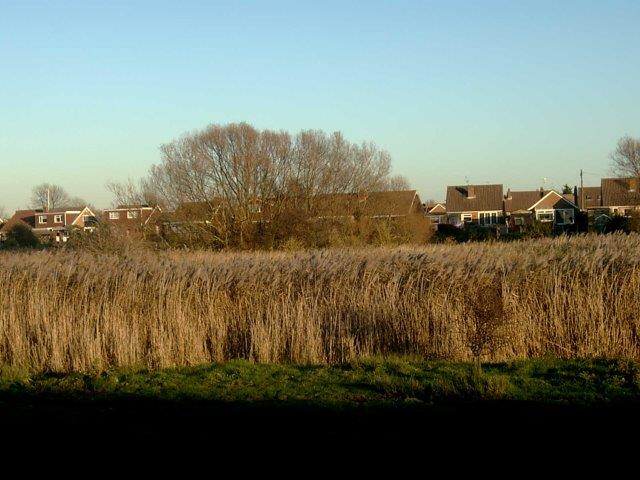
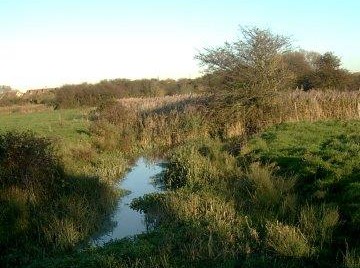
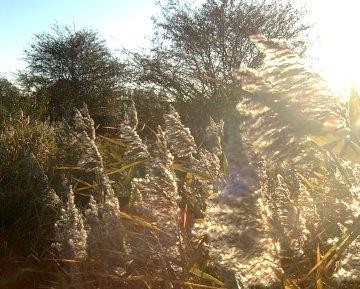
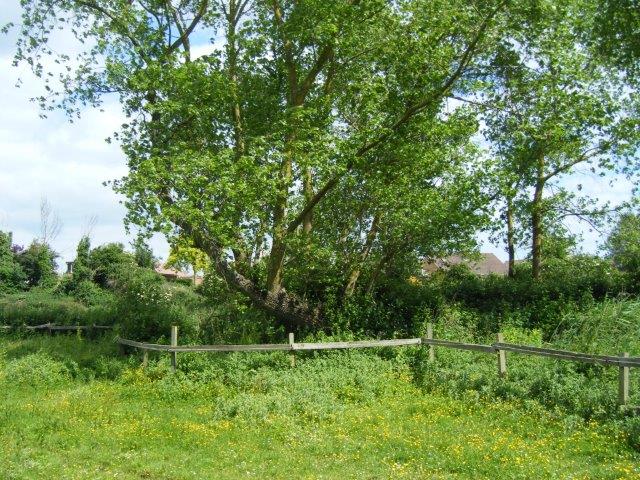
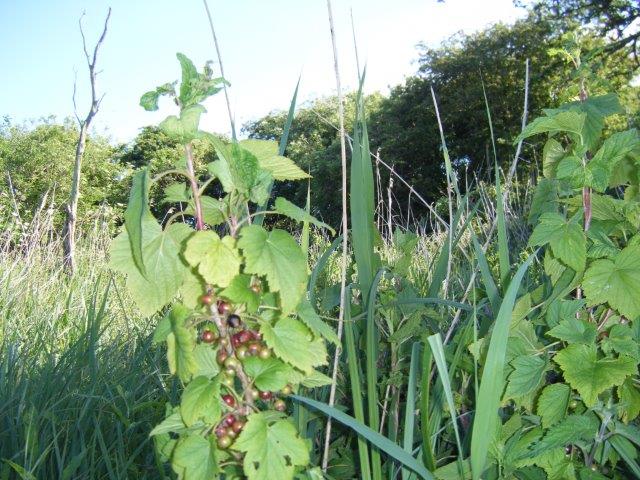
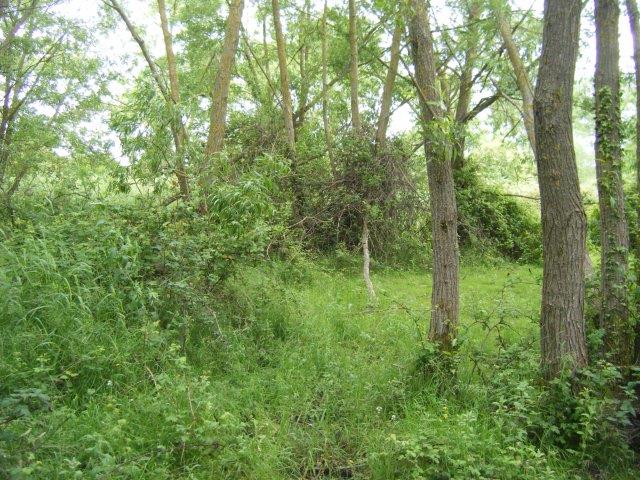
Many of our most interesting flowers are in the permanent chalk grassland, but our two downland farms also each have rare arable plants:
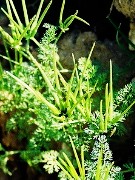
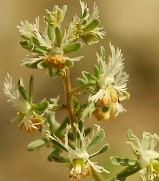
Shepherd's Needle
at Lychpole FarmCorn Mignonette
at Upton Farm
Planting more Trees and Hedges
We have been planting trees both individually and in groups and hedgerows mostly since 2005.
- We planted one to two acres of woodland a year over 10 years within Titch Hill Wood, replacing low-biodiversity-value sycamore seedlings with mixed native species.
- The Estate has added typically about a kilometre of hedgerow most years.
Our forester's tree and hedge planting notes 2005-2019 can be read by clicking here. This included a number of different clones of the rare Black Poplar, as part of the Sussex Wildlife Trust's Black Poplar Project, within our Cokeham Brooks wetland Local Wildlife Site.
Sompting's most prominent landscape feature, Titch Hill - with traditional Sussex humour also known as "The Mountain" - is topped by a wood which was planted for Sompting Estate, largely with beech and larch, around the 1780s. This was mostly blown down in the Great Storm of 1987 but since then the Estate has replanted it as a wildlife-rich woodland of coppice (mainly hazel) with standard trees (mainly beech and ash). A network of flower-rich grassy 'rides' divides the coppice woodland blocks called 'coupes'. On the east and north slopes, older beech and mostly younger yew trees stand tall. Sycamores too, though these need controlling to allow light through to the ground flora.
In 2020 our EPIC Project, funded by the Heritage Fund in partnership with the Ouse & Adur Rivers Trust, planted over 2000 hedgerow plants and trees.
Managing for Tree Health
ASH TREES
What is Ash Dieback Disease? Ash dieback disease (ADB) refers to the deterioration and frequent death of ash trees caused by the fungus hymenoscyphus fraxineus. The fungus spreads via spores released from infected leaves which have fallen to the ground. It was first identified in the UK in 2012.
How serious is it? In mainland Europe, which has had ADB for much longer than the UK, millions of ash trees have been killed, and some countries have lost 95% of their ash. At present there is no cure – it appears that the fate of any individual ash tree depends on how heavily it is inundated by spores and, critically, how much genetic resistance it has. Although much research is being carried out, plant breeders have not yet produced any ash seedlings which have reliable resistance.
How can I tell if a tree has got it? An ash tree suffering from ADB will initially lose some of its leaves, especially at the end of branches. Small lesions will develop on twigs and shoots, and often the bark on young growth will take on a straw-like appearance. If the symptoms progress further, branches will die and fall off. What was a healthy, full crown can within 12 months become patchy and very brittle. Some trees will decline further, attacked by annual reinfection by spores from fallen leaves, and will completely die and ultimately break up or fall over.
What is Sompting Estate doing about it? Sompting Estate greatly values its stock of ash trees. It is probably our most common tree and is found all over the Estate. We also take the safety of residents and visitors very seriously, so we have devised a strategy of inspecting our ash trees twice a year for the foreseeable future and felling those which pose an unacceptable risk. We will retain ash wherever possible, not least because they are, at the moment, the only source of the next generation of ash.
During recent years, we have been diversifying our stock of trees. (This has also been in response to the threat of climate change.) You may notice that woodland and hedge plantings now feature beech, lime, hornbeam, oak, hazel, field maple and many others. None of these face threats on the same scale as ADB, at least at the moment.What can I do about it? When on any part of the Estate, please keep to public rights of way, and be alert & careful about hazards. When we have to remove weak trees, please follow all signs and directions. If you see an ash tree which looks hazardous, please do contact us via the Contact Us page on this website www.somptingestate.com .
We hope that the Estate can continue to be enjoyed to the same extent as before, regardless of how severe the impact of ADB turns out to be. There is more information on ADB on the Forestry Commission and Woodland Trust websites.
ELM TREES
Sompting Estate had planted some splendid shaws and trackside tree hedgerows of English Elm in the 18th Century or earlier. These are now mostly hedgerows of suckers, for example in the upper Dankton Lane area. If not cut, these produce recurring cycles of many standing dead trees which eventually become hazardous, with an understorey of ivy and not resulting in a very biodiverse or attractive environment.
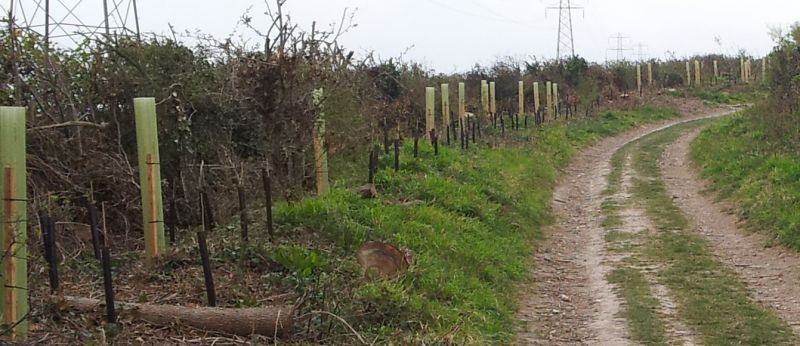
The Estate has been felling the dead elms and planting other native tree species to improve the landscape and biodiversity. Some disease resistant elm varieties similar to English Elm have been planted at the Community Farm and in the EPIC project area.
Dutch Elm Disease affects elms on a cycle of about 15 years as they grow up, are infected by the bark beetles, and die. Ideally trees infested with breeding beetle grubs are felled in winter to keep the beetle population low so as to help protect the National Elm Collection in the Brighton area. Unfortunately it proved difficult to secure appropriate funding and sustain expertise for this work, and the English Elm in particular now tends to live on only as suckering hedgerows.